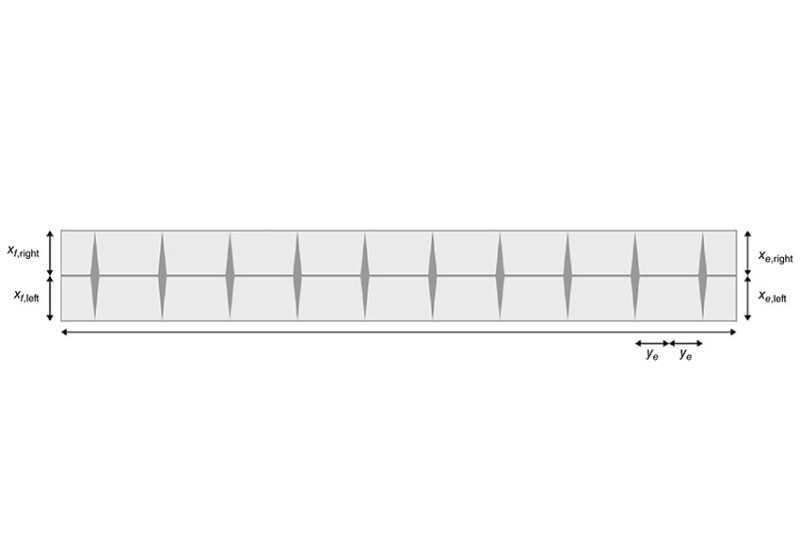The complete paper outlines the importance of numerical rate transient analysis (RTA) for dry gas wells. The authors write that the simple, fully penetrating planar fracture model proposed is a useful numerical symmetry element model that provides the basis for the work presented. Synthetic and field examples are used in the complete paper to illustrate the application of numerical simulation to perform rigorous RTA.
Introduction
RTA methods to correct for superposition and multiphase flow effects have been studied extensively. Analytically (In this context, “analytical” refers to linearization of partial differential equations) correcting for the combined effect of both superposition and multiphase flow at the same time is not possible because one needs to know saturations and pressure/volume/temperature (PVT) properties as a function of space for all times.


